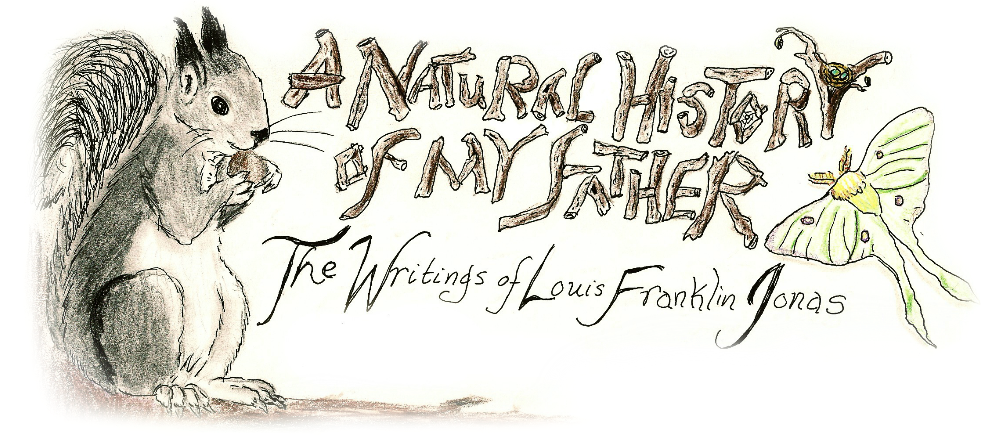When can you find morels, the "sponge" mushrooms which are much loved by connoisseurs of good foods? Around here, the fruiting season (when the edible part appears) begins about the third week of April (depending upon how late the spring is.). The redbuds will have just begun to open, and the towhees will be singing loudly.
Bird Cherry

Bird cherries will also be in flower, as will the common meadow violet. Where can you find morels? In mixed hardwood forests, with a generally thick cover of dead leaves, and a lot of humus on top of the soil. The earliest morels will be in the more open sites, where the sun's rays have been striking with more force. The most common morels in the forest where I've hunted mushrooms are the narrow-headed morels (Morchella angusticeps). It is sometimes called the black morel. These may vary greatly in size, from as small as your little finger, to two inches in diameter, and up to four inches tall.
Yellow Morel

The size depends upon weather and soil conditions. If the minimum temperature the night before was 45 degrees F or more, and there has been a soaking rain one or two days ago, and if the relative humidity is quite high, there may be bushels of morels, large and tender.
Of course, the soil temperature in the upper inch should be 40 or 45 degrees F. If the minimum temperature dropped close to freezing, with perhaps a light frost, the morels will be small and distorted, and some may have the tops blackened by frost.
You may have decided, from this information, that morels are very sensitive to their environment, and this is true. The fruiting season will be very short if there is a late spring.
In 1970, by May 5, even though conditions were apparently perfect, there were no Morchella angusticeps to be found, and only one of the larger morels, the yellow one. This one generally fruits a week or so later than the black morel.
Black Morel

All the "spawn" in a certain site produces mushrooms within a two-week period or so. However, as you move to the north slopes, or go to higher elevations, the morels in those sites may still be fruiting. At 5,500 feet elevation in the Montana Rockies I've found good crops of the same species on July 4. And in the Crazy Mountains at 9,500 feet, I've picked them on September 15.
The black morel is a tan color when it first fruits, but soon turns black, especially if a warm sun strikes it during the day.
Look carefully at pictures of morels, so you will be absolutely sure that you have a morel, before you eat any. The surface is covered with pits, also, and not folds as in the Helvellas, which have some poisonous members in the family, and are not recommend for amateur mushroom hunters.
You may have walked past thousands of morels in the woods and never have noticed them. It's easy to do; they don't show up like wildflowers. Training in observation pays off here. Have someone point one out to you in its natural habitat, and study it carefully; as you find one and then another, you'll be surprised how easy they are to spot.
If you like mushrooms, you'd better out there while they're fresh, because insects and slugs love them, also. If they are several days old, they'll be loaded with fungus flies, maybe ants or slugs. Although a soaking in cold water will bring the pests to the top, so you can skim them off, I prefer to just admire these older ones, and then go looking for an area where young ones have just emerged that morning.
Mushrooms grow little or not at all, after the first night, so there's no point in leaving the little ones to grow.
The tastiness depends a great deal upon the preparation. As soon as possible after they're picked, put them in cold water, and leave overnight (This fills the cells with moisture, so the heat of cooking will "explode" the cell walls and make them tender.).
Next morning, drain the water thoroughly, slice lengthwise, dip in egg batter and fry.
The tastiness can best be judged by how my daughter, a mannerly little lady, reacted to it. A friend brought out a dish for us to snack on. After she tasted one, she began grabbing frenziedly with both hands and cramming them in her mouth, evidently not wanting to share them.
The larger yellow morel is better eating, in my opinion, but the black one is good enough to keep. By the way, there is a great market potential for morels. Mushroom eaters and dealers in the know agrer that the man who first learns how to raise them commercially will be able to make several million dollars, just selling the information.



